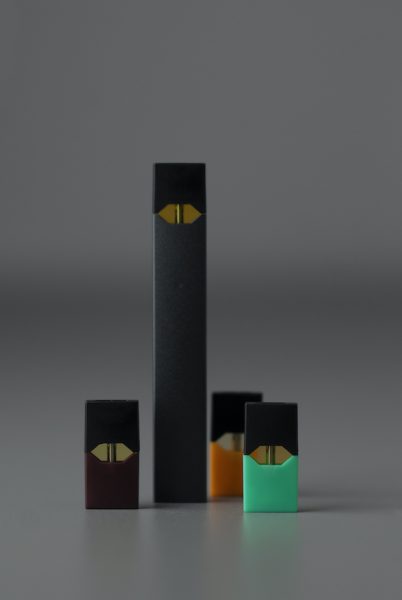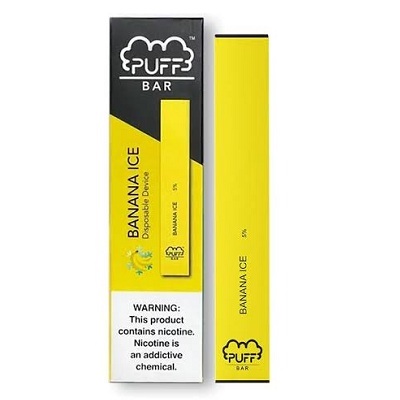Vaping is when you use a battery-powered or rechargeable electronic cigarette (e-cigarette) to simulate smoking a tobacco cigarette. They’re marketed as being a safer alternative but are not because they still contain harmful chemicals, including nicotine, which can be especially problematic for young people. The average age that someone tries their first cigarette is about 12 but when it comes to e-cigarettes, first-timers tend to be even younger. Some recent studies suggest that during the pandemic fewer young people have been vaping, but the CDC warns that a reported 2 million teens have continued to vape during 2021.
To better understand what vaping and e-cigarettes are and why they can be especially harmful to teens, I asked April Hughes, the tobacco and substance use prevention coordinator at Healthy Communities of the Capital Area (HCCA), to give us an explanation.
In the simplest terms, e-cigarettes are bait devices.They are electronic devices that will heat a liquid and produce an aerosol that the user inhales. Typically, most of the e-juice being inhaled contains nicotine. They come in a lot of different shapes and sizes, and the majority use a battery, a heating element, and a cartridge or pod to hold the liquid. Most look like regular cigarettes or pipes, but some look like USB flash drives, pens, and other everyday items. There are also larger vape devices such as tank systems that can hold a larger amount of e- or nicotine juice.
April Hughes,Tobacco and Substance Use Prevention Coordinator, Healthy Communities of the Capital Area
How vaping gets marketed
April says the marketing side of vaping is pretty insidious, with much of it aimed at young people.
E-cigarettes come in thousands of different flavors including fruit, candy, mint, even menthol. And interestingly enough national statistics show that in 2020, most of our youth who reported using e-cigarettes did use flavored products, and the most commonly used ones were fruit followed very closely by mint and menthol.

At one time the JUUL pod was considered the most popular choice for teens. The amount of nicotine c in one JUUL pod is supposedly the same as in a pack of cigarettes.
So, if you get teens vaping for the first time and they’re using something like JUUL, they look at that and think oh, it’s not that much. Then they inhale an entire pod, not realizing they just ingested an entire pack of cigarettes, basically, and that’s a scary thought.
In January 2020, the FDA prohibited the sale of flavored prefilled cartridges like the JUUL pod. Great news, said April, except they left a loophole.

The policy does not cover disposable e-cigarettes or vapes that aren’t prefilled, which means they can continue to use flavored products. And unsurprisingly, following the passing of that policy we started hearing less about JUUL and more about disposable e-cigarettes like a brand called Puff Bar.
In fact, a recent student survey conducted by the CDC and the Food and Drug Administration (FDA) showed that more than half of the students who said they vaped, said they used disposable e-cigarettes, like Puff Bar. About 29% said they used pod devices. Puff Bar was able to get around the FDA ruling because it stopped using nicotine derived from tobacco and switched to synthetic nicotine, which at this point, is not regulated by the FDA.
The issue is that except for how they are produced, there is no real difference between tobacco-based and synthetic nicotine. Either way, they are both addictive. A problem for anyone, but particularly for young people, says April.
If you look at an older person who’s been smoking traditional combustible cigarettes most of their life but they’re not ready to quit switching over to vaping might be helpful to them. It may be considered less harmful, but that does not mean it’s not harmful at all. It may contain fewer chemicals than a combustible cigarette, but it still comes with other risks as well. An important message for young people is that less harmful does not mean that it’s harmless.


Leave A Comment